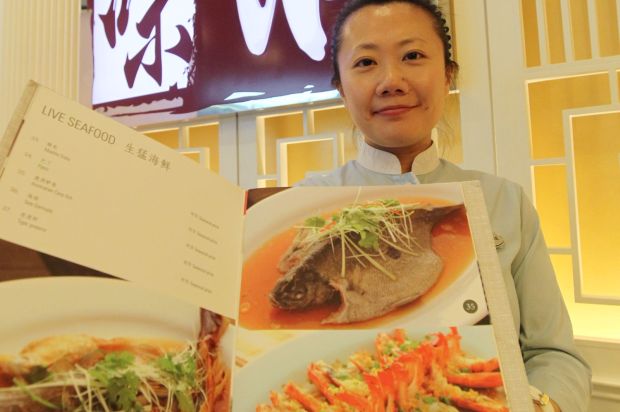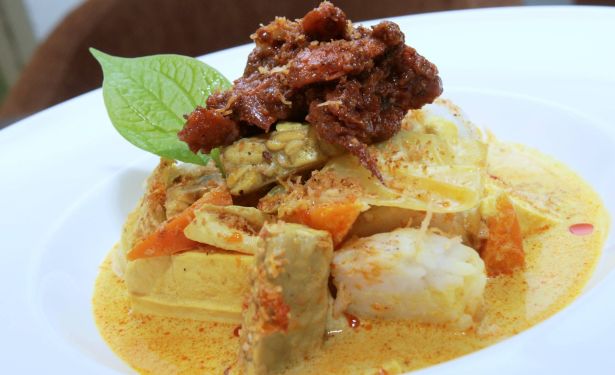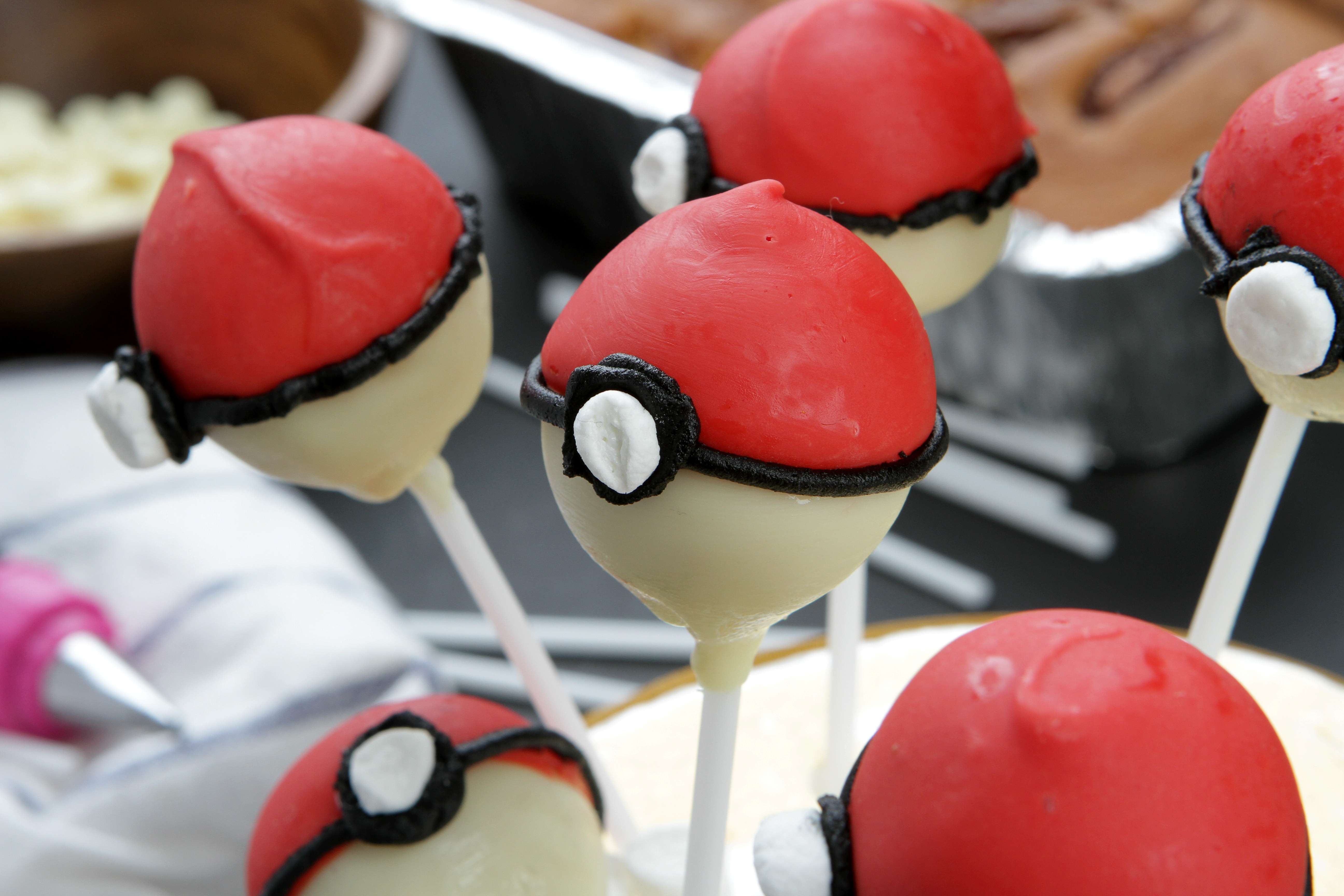Di Wei Chinese Restaurant,
Empire Hotel Subang,
Jalan SS16/1, Subang Jaya.
Tel: 03-5565 1388
Business hours: 11.00am to 3.00pm,
6.00pm to 10.00pm.
WHETHER you’re looking for a golden lunch, some happiness or longevity in the new year, Di Wei Chinese Cuisine Restaurant has a Chinese New Year feast for you.
Di Wei is offering three set menus, the Golden menu for RM388++(4 people), the Happiness menu for RM1,188++ (10 people) and the Longevity menu for RM1,688++ (10 people), as well as Poon Choy (five or 10 people), from now until Feb 25.
A Chinese New Year meal is never complete without the tossing of yee sang – a tradition bringing abundance, prosperity and vigour for the new year. The yee sang at Di Wei is light and refreshing, served with strips of salmon and green apple sauce that is sweet but not overpowering, blending delicately into the rest of the ingredients.
Other ingredients include snow pear, sliced abalone or jelly fish, which are available on request.

Keeping with tradition: Cherry blossoms overlooking the delicate white decor at the restaurant.
A special option on the menu is Poon Choy, a traditional Hakka dish from Hong Kong, also known as a “treasure pot”. It is available for RM388++ (five persons) or for RM688++ (10 persons).
Poon Choy is literally a melting pot of flavours, with three layers consisting of meat, vegetables and seafood, all served together in one large pot, soaking in delicious lotus root and white radish broth.
“In the old days, this dish was served in a broth of pig tongues. This was because the word tongue is a homonym for “come”, referring to good things coming to you in the new year. This is a modified version,” said chef Thian Taik Yong
The top layer features king prawns, oysters, dried scallop, abalone, sea cucumber and fish maw, while pork knuckle, steamed chicken and roast duck make up the middle, and white radish, Chinese cabbage, lotus root and dried mushrooms at the bottom. If this sounds like a lot, never fear as all of this is served in a Japanese ceramic pot that can be taken home at the end of the meal.
Some of meal’s highlights are the king prawns, fried separately and ar-ranged on top, and the abalone. Be-cause this elaborate dish takes some six hours to prepare and three hours to cook, a one-dayadvanced booking is required.
Another selection from the Chinese New Year meal is the waxed meat with fried glutinous rice, usually served before dessert. The sausage, imported from China and cooked in a thick soy sauce over an hour, is strong and tangy, offset by the creamy rice and assorted vegetables.
A light, sweet dessert is often best after a hearty feast, and the red bean cream with glutinous dumpling delivers just this. The dumplings have a filling of tasty black sesame paste and the sauce is peppered with white lotus seeds.
Also for dessert is a sweet nian gao, cut in rectangular pieces and sprinkled with either sesame seeds or a combination of grounded peanuts and icing sugar. This sticky, sweet treat is a perfect way to complete a very special feast.

Strong: The waxed meat with fried glutinous rice.
This is the writer’s observation and is not an endorsement by StarMetro





